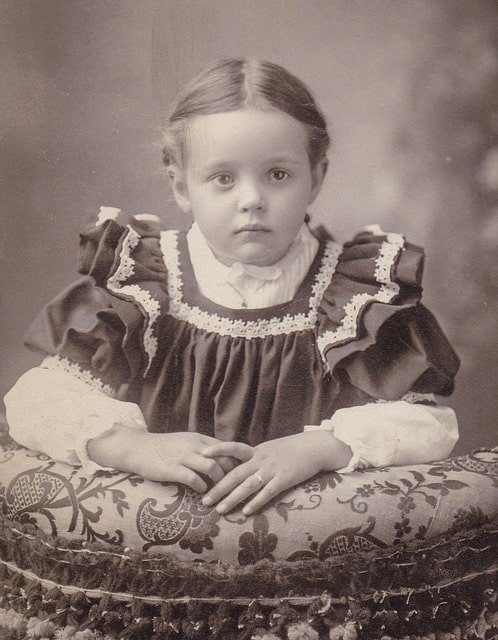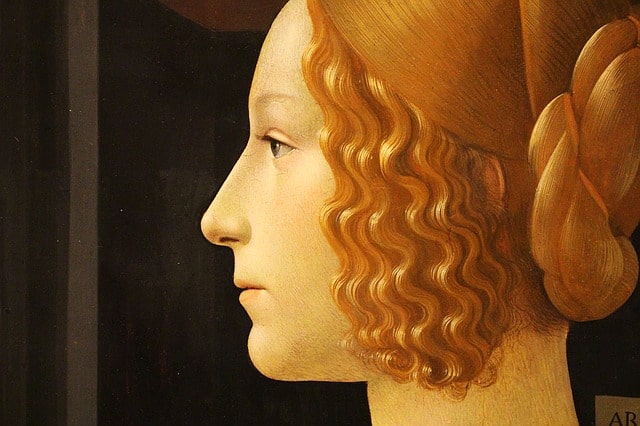Nineteenth Century Theater – Characteristics, Concepts and Representatives
Contents
What is the Theater of the 19th century?
The theater of the 19th century is represented by the romantic drama that appeared at the beginning of this century, influenced by Shakespeare’s theater, rediscovered at that time, as well as by the German Romantics. It is theorized by Victor Hugo in Cromwell’s Preface (1827) which proclaims total freedom of invention and theatrical form.
It is a theater often historical where the different styles, the tragic, the pathetic, but also the comic are mixed to represent the world in its entirety, both grotesque and sublime. This new form of theater refuses to face the obligations and rules of classical playwriting such as the maintenance of the three units (place, time, and action), the respect of decorum or the principle of verisimilitude. The dramatic effect is intended to move the spectator, appealing to his or her sensibility. The action takes place in multiple locations, in intimate environments but also in nature.
The romantic hero embodies the revolts and the evil of the century. He is a torn, tortured being, prey to passions, but also suffers from contradictory aspirations like Lorenzaccio, in Musset’s drama, Ruy Blas, Victor Hugo’s hero, or Chatterton, Vigny’s tormented character, among others.
The representations of romantic plays in the theater of the 19th century gave rise to confrontations between the moderns and the classics. In 1830, Victor Hugo’s Hernani unleashed passions and provoked the Battle of Hernani because of its theme, style and composition.
The play, which did not respect the rules of classical drama, was rehearsed at the Comédie-Française under difficult conditions. The night of the first performance, in 1830, the followers of Victor Hugo, the young romantic artists, but also Balzac, Nerval, Dumas, Berlioz and Gautier were there and encouraged the play, stifling all criticism.
How does the theater of the 19th century develop?
The theater of the 19th century is reflected in the Enlightenment movement, which gave rise to artistic and ideological debates in France and Europe, which found their synthesis, at the end of the 19th century, in Romanticism. Theater played an important role in this evolution.
While science and technology triumphed all over the world, Romanticism, as if by reaction, exalted emotion instead of reason. It seeks to break free from all rules (and especially from the classical rules of the Renaissance) and seeks to transcend the physical limits of humanity to reach a spiritual ideal, close to its original, supposedly perfect nature, as developed by Jean-Jacques Rousseau.
Romanticism exalts mystery and fantasy. It seeks escape and rapture in dreams, the morbid and the sublime, exoticism and the past. This movement takes place in a particular artistic context: the worldly society invents the concepts of brilliant artist and accursed poet and consummates the definitive rupture between art and craft. The whole epoch is one of exaggeration, exaltation and intensity at all costs.
In the theater of the nineteenth century the scene developed with the use of the box (a decoration that reconstructs three walls of a room, and implies that the audience takes the place of the fourth wall). This three-dimensional decoration replaced the painted canvases that were still used in the 18th century.
It is in this 19th century theater that melodrama is performed, a genre that appeared at the end of the 18th century, inspired first of all by pantomime and comic opera, which is especially advocated by Guilbert de Pixérécourt who will write more than a hundred of them.
This genre is mainly addressed to a popular audience and is not concerned with psychology, since it favors simple sentiments, plays the card of historical truth and alternates between pathetic and buffoonery without any delicacy.

Types of Theater of the 19th century
In the West in the 19th century, the theater included, Romanticism, melodrama, in the plays of Scribe and Sardou, the farces of Feydeau, the problematic plays of Naturalism and Realism, the operatic Gesamtkunstwerk of Wagner, the plays and operas of Gilbert and Sullivan, the drawing-room comedies of Wilde, Symbolism and post-Expressionism in the later plays.
Under Napoleon, French theater was little different from that of the 1780s, which specialized in neoclassical drama. Popular drama, performed by the so-called boulevard theaters, introduced melodrama, a form that would dominate the theater in the 19th century. Melodrama, in turn, by popularizing deviations from Neoclassicism and capturing the interest of large audiences, paved the way for Romantic drama, also part of 19th century theater.
The dramatic debut of Romanticism dates back to 1830, when public pressure forced the Comédie-Française to produce Victor Hugo’s Hernani. After a lively opening in which Hugo’s bohemian claque overwhelmed the regular comedians, Romanticism triumphed and dominated the Parisian stage for 50 years.
The grandiose staging of Romanticism did not annul the Baroque, but diluted it in the artificial formal structure, which broke into sentimental and melodramatic episodes depicting the hero distressed and beaten by an insensitive world and the impressive elements.
Melodramas introduced natural disasters that were significant to the plot, so that emphasis could be placed on special effects and spectacle. Playwrights also deliberately included exotic locales or examples of local color, so that a variety of historical periods and fantastic settings would capture the audience’s attention.
The Legacy of this Theater
Melodrama in 19th century theater is one of the most popular forms of entertainment of this century. Although it was dismissed as a cultural product, there is a growing trend of its importance in the history of theater, and it influenced both film and television.
Experts argue the modern perception of the world, based on a diversity of sensational news and happy endings, gives a modern twist to the conventions of melodrama.
Melodrama is the beginning of a wide variety of 19th century plays, which became the most popular form of theater and is probably the most performed genre of drama not only in Britain, but also in Europe, Australasia and North America.
The other big background influence is the industrial revolution, very interesting that as people moved to the cities, there has to be more entertainment and certainly when people work long hours, they would rather go and see a melodrama rather than something a little bit heavier.
Melodrama becomes popular because there is an urban audience that develops for that form of drama, so the audience finds in melodrama, that it is the villagers who are the heroes and they are put on by the rich landowners, good versus evil becomes country versus city.

Representatives of the 19th Century Theater
The theater of the nineteenth century has a diversity of movements that represent it in the theatrical culture of Europe and the United States in the nineteenth century. In the West, they include romanticism, melodrama, represented in the works of important authors, the problematic works of Naturalism and Realism, in opera, comedies, Symbolism and proto-expressionism in more recent works.
The theater of this century, went through important technical innovations between 1875 and 1914. One of the innovations was gas lighting and then electric lighting, introduced at the Savoy Theatre in London in 1881, replacing candlelight.
The elevator stage was first installed at the Budapest Opera House in 1884, this allowed entire sections of the stage to be raised, lowered or tilted to give depth and levels to the scene. The revolving stage was also introduced.
German theater as representative shows a tendency toward historical accuracy in costumes and scenery, with an innovation in theatrical architecture, and the introduction of the theatrical form of German Romanticism. Influenced by trends in philosophy and the visual arts of the 19th century, with German writers highlighting the Teutonic past and a growing sense of romantic nationalism.
The works of many of their authors inspired a growing faith in sentiment and instinct as guides to moral behavior. The Romantics borrowed from the philosophy of Immanuel Kant to formulate the theoretical basis of Romantic theatrical art.
